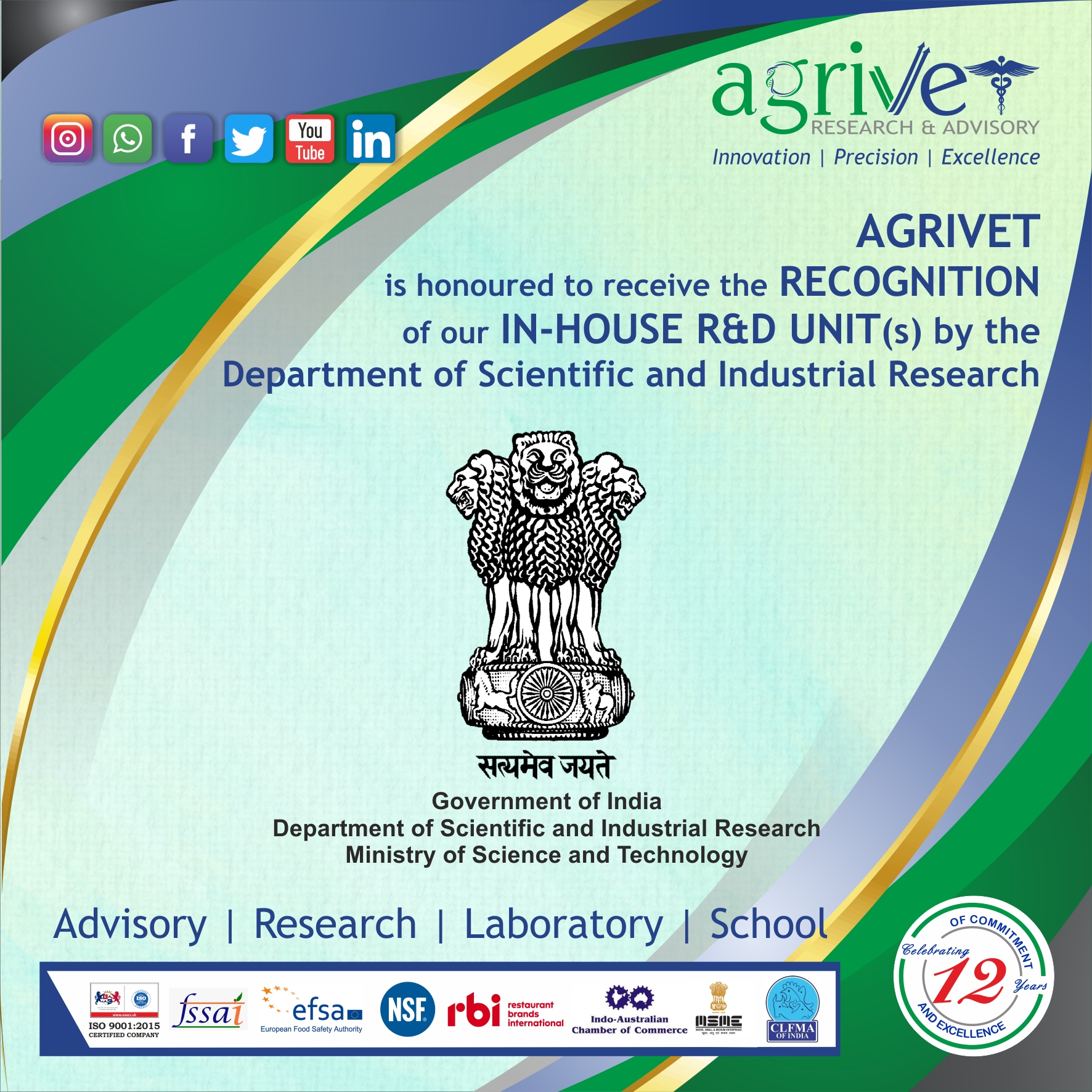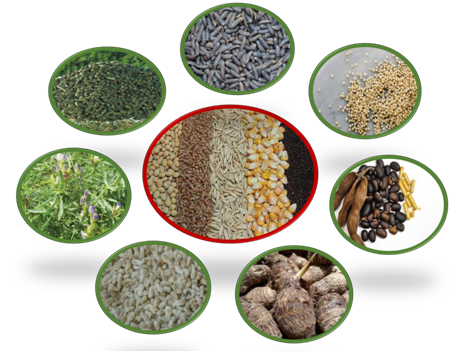
The population of the world is projected to rise to 9.1 billion by the year 2050. Meat and egg consumption from chicken and other food animals are also rising worldwide. As a result, there is ever increasing rise in the demand for animal feeds worldwide. Due to their high nutrient availability, traditional feedstuffs including soybean meal and yellow maize are employed as the principal components in poultry feeds and both humans and other animals have a strong demand for these two feedstuffs. As a result, the market for feeds for chicken nutrition is getting more and more competitive.
Feed cost represents approximately 65-75% and is considered the major cost of poultry production. There have been numerous attempts to reduce the cost of feeding to the bare minimum. These efforts include switching out the pricey feedstocks with less expensive byproducts that are more readily available. The food value chain is becoming increasingly globalised, thus it's important to find sustainable solutions to the problems it raises. Additionally, the high level of competition for the materials used in feed for both human and animal use threatens food security, particularly in emerging nations. The chicken industry must concentrate more on low-cost protein sources in order to overcome the obstacles. Currently, attempts are being done worldwide to replace soybean meal with alternate sources of protein and energy.
The feed ingredients that have not been traditionally or commercially employed in chicken rations are known as alternative or non-traditional feedstuffs. It is well known that certain developing nations produce a significant amount of alternative feedstuffs, also known as agro waste by-products, including wheat bran, rice bran, cotton seed meal, copra meal, palm kernel cake, canola meal, sunflower meal, rapeseed meal, corn gluten meal, dried distillers' grains with soluble, etc. Sorghum, Moringa olifer, Taro Cocoyam Meal, Velvet Beans, Insects and Worms, Algae, Azolla, and other alternatives could also be used as feed. The non-traditional feed ingredients have the ability to partially or completely replace the conventional feed ingredients.

Figure: Alternative feed stuffs as replacement of traditional feed ingredients for food safety and sustainability
The "great hope" for poultry farmers and livestock keepers in lowering the exorbitantly high cost of poultry feed is an alternative feed ingredient. But the likelihood of this happening is slim due to various restrictions, including the inclusion of anti-nutritional elements and non-starch polysaccharides (NSPs) such as xylan and mannan. However, some of these restrictions have been reduced thanks to study on these substitute ingredients. These feed ingredients can be made more digestible by adding enzymes like xylanase and protease. Other processing techniques include micronization and dehulling. Dehulling entails mechanically removing the outer husk of pulses, which contains the majority of the anti-nutritional factors (ANFs).
Alternative feed ingredient is the "big hope" for poultry farmers and livestock keepers in cutting down the exorbitant high cost of poultry feed. But the probability of this becoming a reality is bleak because of some limitations such as presence of non-starch polysaccharides (NSPs) such as xylan and mannan as well as anti-nutritional factors. However, research on these alternative ingredients has helped to curb some of these limitations. Enzymes like xylanase, protease etc can be used to increase the digestibility of these feed stuffs. Few other processing methods are; dehulling and micronization. Dehulling involves the mechanical removal of the outer husk of pulses, where a large proportion of the ANFs are found. Micronization, a form of "cooking" using infra-red radiation, heats feed materials uniformly and at a lower temperature than other methods. This lowers the chance of "over-cooking" damaging crucial nutrients. Pulses' cell walls are broken down during micronization, which increases digestibility and lessens the impact of ANFs.
The nonconventional feed ingredients can substitute certain amount of traditional feed stuffs in poultry rations. However, there are some limitations such as presence of high amount of NSPs and ANFs that lead to decrease feed intake and growth performance.To boost the digestibility and nutritional content of alternative feed materials by using enzymes, etc., more research must be done. These are inexpensive and easily accessible, which may increase broiler production while also improving the economic standing of the chicken sector in a sustainable way.